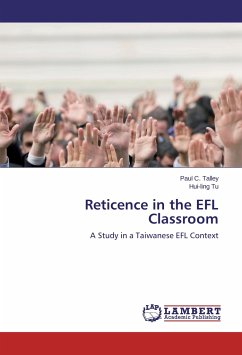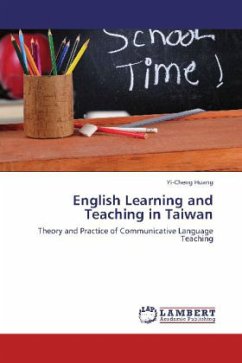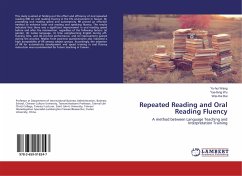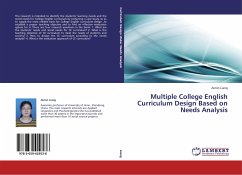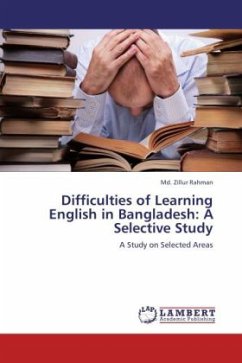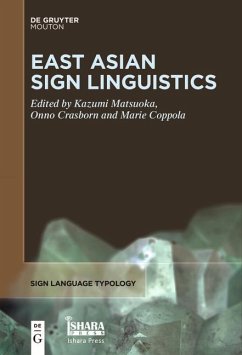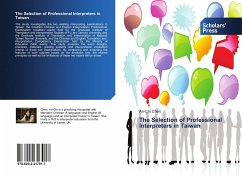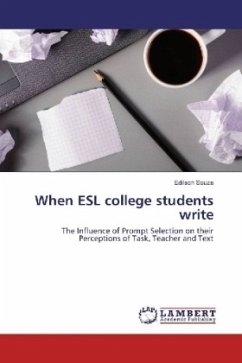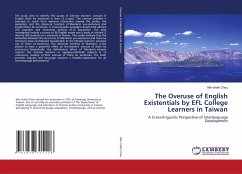
The Overuse of English Existentials by EFL College Learners in Taiwan
A Cross-linguistic Perspective of Interlanguage Development
Versandkostenfrei!
Versandfertig in 6-10 Tagen
39,99 €
inkl. MwSt.

PAYBACK Punkte
20 °P sammeln!
The study aims to identify the causes of Chinese learners' overuse of English there be sentences in their L2 output. The overuse problem is assumed to result from vigorous interaction among the syntax, the semantics, and the discourse function of Mandarin you-sentences and English there be sentences. A cross-linguistic paradigm should best address this cognitive and interactive process of L2 acquisition. The data investigated include a corpus of 60 English essays and a body of elicited L2 data by 260 students at a university in Taiwan. The results indicate that the similarities between the str...
The study aims to identify the causes of Chinese learners' overuse of English there be sentences in their L2 output. The overuse problem is assumed to result from vigorous interaction among the syntax, the semantics, and the discourse function of Mandarin you-sentences and English there be sentences. A cross-linguistic paradigm should best address this cognitive and interactive process of L2 acquisition. The data investigated include a corpus of 60 English essays and a body of elicited L2 data by 260 students at a university in Taiwan. The results indicate that the similarities between the structures of Mandarin you-sentences and there be sentences have contributed considerably to the Chinese learners' excessive use of there be sentences. The discourse function of Mandarin is also proven to have a powerful effect on the learners' overuse of there be sentences. Semantically, the definiteness effect of Mandarin subjects restricts the Chinese learners in applying indefinite subjectsin L2 utterances, leading to their overuse of there be sentences. The study provides linguists and language teachers a feasible explanation for an interlanguage phenomenon.



